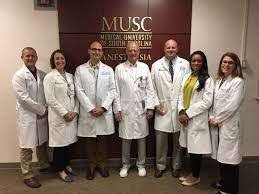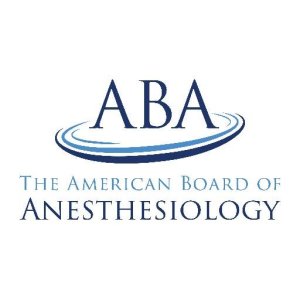The holder of a PhD in pathology from the University of North Carolina at Chapel Hill, Bruce Hugh Dorman, MD, is a board-certified anesthesiologist. Possessing more than 20 years of medical experience, Dr. Bruce Hugh Dorman was a staff anesthesiologist at the Mary Washington Hospital in Virginia where he provided anesthesia to patients undergoing surgery.
Anesthesia is the process of administering drugs to prevent pain during surgery. Different approaches are used depending on the medical procedure:
-Local anesthesia. This anesthesia is usually administered to numb the area where a surgery or other procedure will be conducted. It is used for minor procedures such as taking a skin biopsy and filling a dental cavity. It does not cause unconsciousness. The anesthesia can be delivered through injection or applied on the skin topically and left to penetrate the tissue.
-Regional anesthesia. This type of anesthesia is administered to the nerves serving the part of the body where surgery will be performed. The anesthesia, delivered by injection or by continual infusion through a catheter, numbs the nerves in that area of the body without triggering unconsciousness. Examples are spinal anesthetics which are injected in the area surrounding the spinal cord before lower back surgery, and epidural anesthetics delivered continuously via a catheter during childbirth or abdominal surgery.
-General anesthesia. This type of anesthesia is inhaled through a breathing tube or delivered intravenously. It is administered before surgery to render a patient completely unconscious. After surgery, the anesthesiologist stops the patient’s supply of the anesthetic, and he or she is taken to a recovery room for monitoring.








